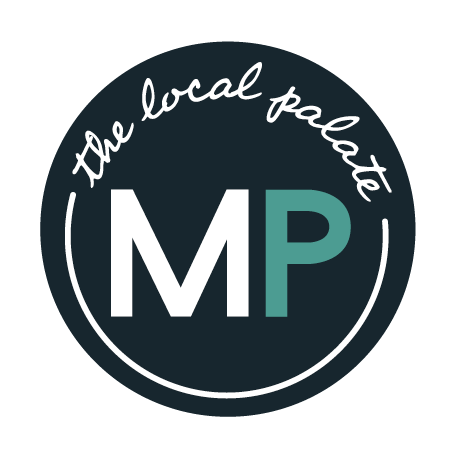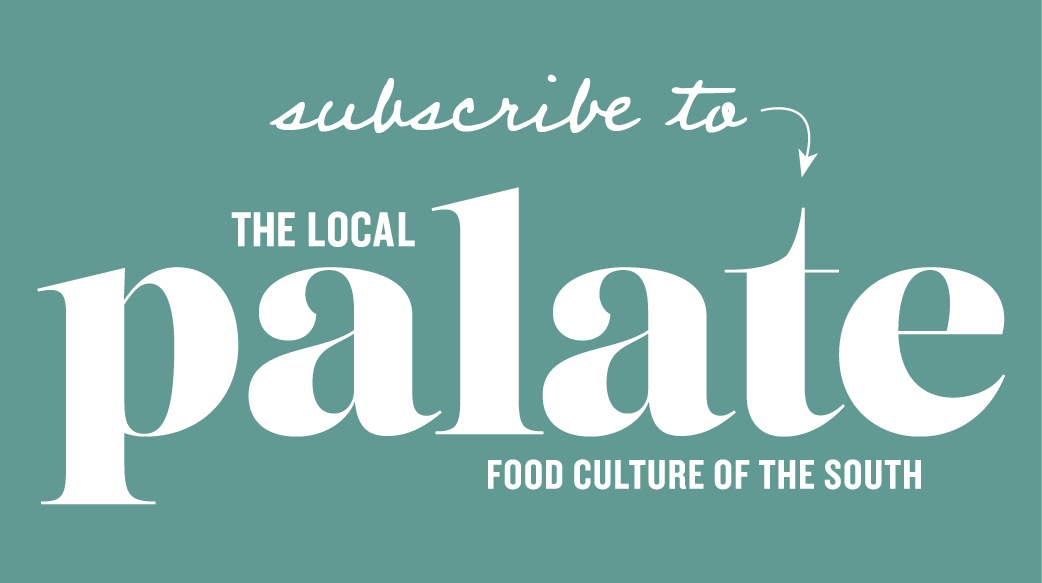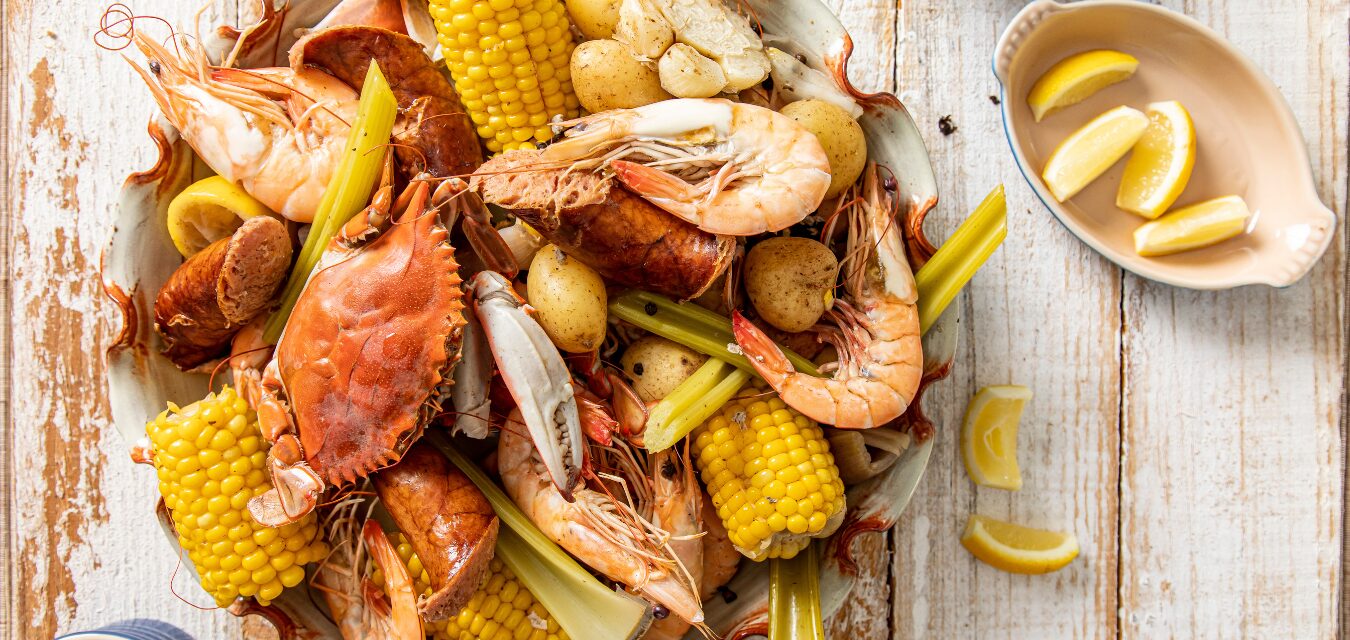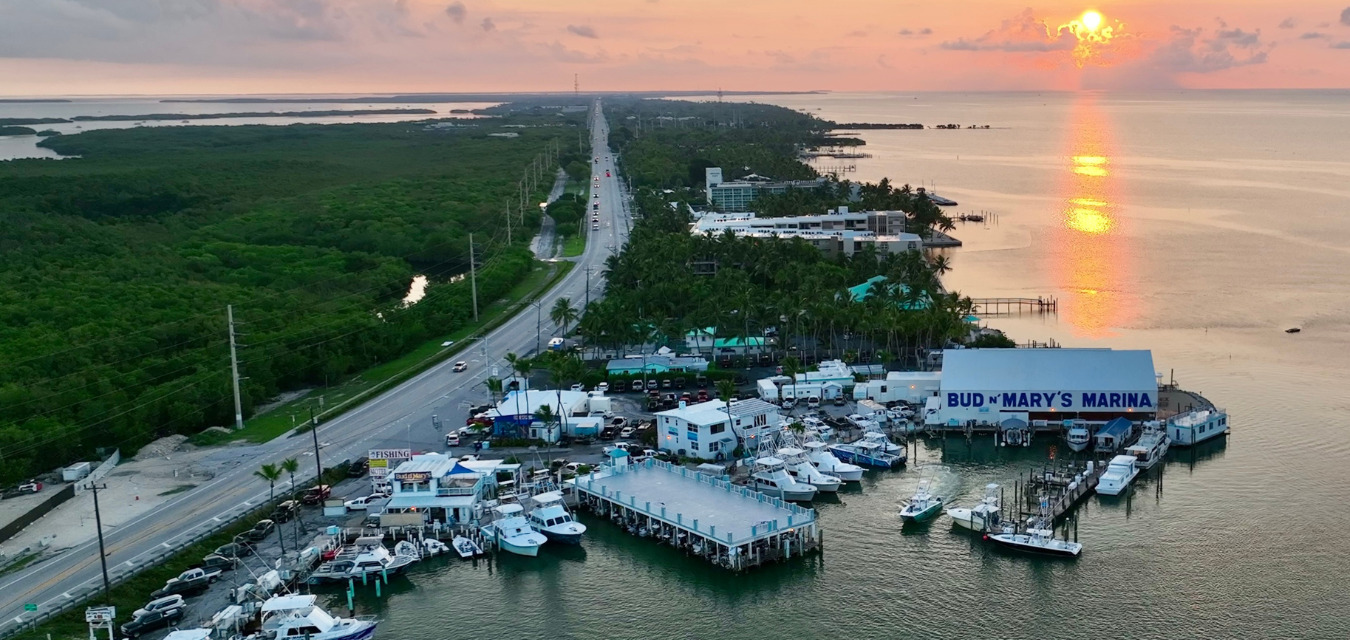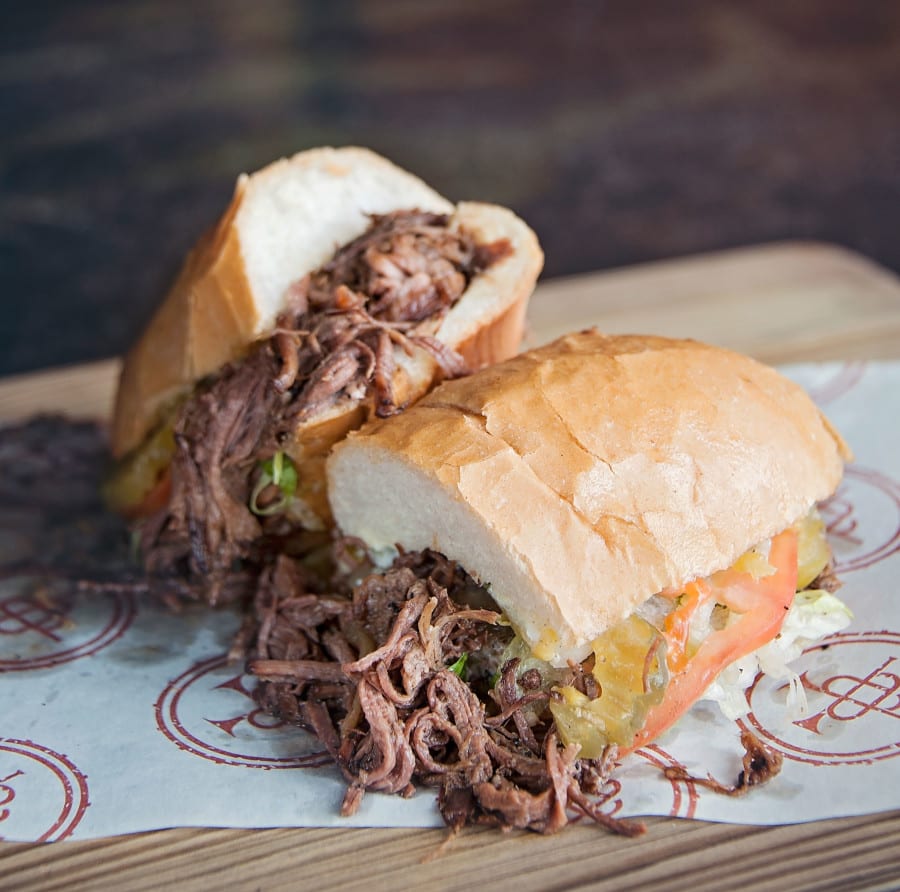Three Southern regions tap their local resources to cultivate the iconic seafood boil.
We Southerners love a big-batch seafood boil —not surprising given our abundant coastline and inland waterways coupled with our affection for having a bunch of folks over for help-yourself feasts. The enormous pots and cooking gear required for a big seafood boil are more likely to be found in a hardware store than kitchenware shop, which is why most folks cook and serve outdoors. Cooks might add a variety of seafood to the pot, but the big three focus on a star ingredient that’s abundant in local waters: Louisiana crawfish, Maryland blue crab, or Lowcountry shrimp.
Recipes for a boil—which is more accurately some combo of boiling, simmering, and steaming—are more like conversations and guidelines than precise measurements. The methods are simple and forgiving, but not haphazard; there’s a strategy to ensure everything turns out well-cooked and deeply flavorful. A distinguishing characteristic of a seafood boil is that unlike seafood stews (think bouillabaisse, cioppino, chowder, caldeirada), the cooking liquid is drained away.
These sprawling meals are meant to feed and engage a crowd. They are communal, in both the preparation and the eating. The fare is often spread onto a huge table lined with paper, sometimes with a plastic tablecloth or shower curtain liner underneath. When dumping the drained contents directly onto a table isn’t practical, cooks pour it into a clean cooler that serves as a gargantuan serving bowl or divide it among huge trays and platters. Guests serve themselves, tucking in with little expectation of place settings or cutlery. The ensuing hands-on eating is so messy that napkins are inadequate for the task, so several rolls of paper towels and perhaps a nearby garden hose come in handy. At the end, there’ll be a mountain of spent shells. Everyone’s fingers will be pruney and perhaps nicked by sharp shells. Lips will be stained and tingling from all the pungent seasoning. All this dishevelment is evidence of a successful seafood boil.
Louisiana Crawfish Boil
This type of boil showcases crawfish, the prized local freshwater crustaceans that are also known as crayfish, crawdaddies, or mudbugs. For this boil in particular, those working with a smaller vessel and less firepower tend to tackle the boil in batches, starting with the vegetables and removing them before adding the crawfish to the intensely seasoned liquid.
The specific contents of a boil vary according to local habits and personal preferences (not unlike the ways of gumbo), but almost all of them include onion, potato, smoked sausage, and short lengths of corn on the cob. The cobbettes are often frozen so that they can help cool the cooking liquid before serving. Beyond these basics, some people add all sorts of things to the pot, as common as bell peppers and button mushrooms or as unexpected as boiled eggs, peanuts, or pineapple. Some people like a dipping sauce or two on the side. These boils lean on Cajun cuisine levels of seasoning, so it’s impossible to add too much flavor.
The amount of crawfish required for a crowd is astounding, a good 3 to 5 pounds per person, because there’s a lot more shell to a crawfish than succulent tail meat. Locals know reliable sources for buying big sacks of high-quality live crawfish, but even those of us farther away can order them online.
Get the Recipe: Louisiana Crawfish Boil
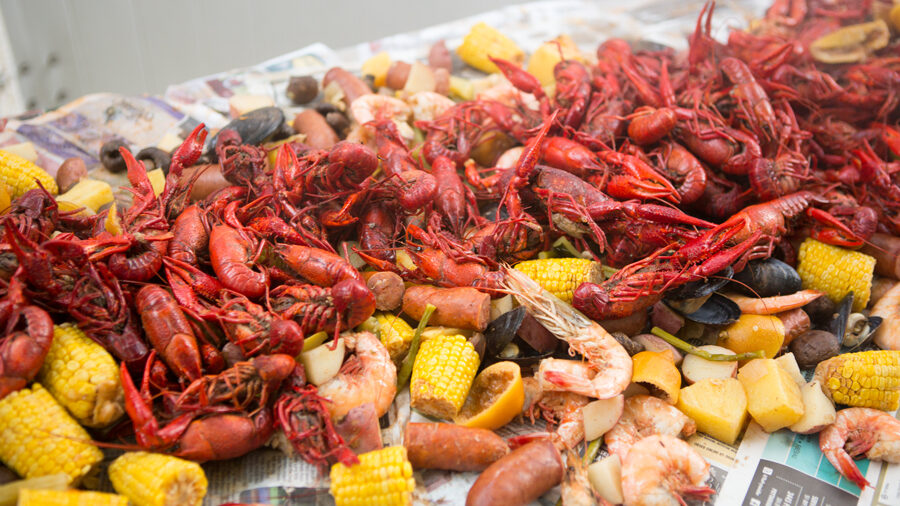
Maryland-Style Crab Feast
The star of this feast is fresh blue crab, the pride of the Chesapeake. This style of seafood cookery fits under the broad umbrella of “boils,” but the crabs are steamed over aromatic liquid rather than immersed in it. Most recipes call for beer in the steaming liquid, and many advise adding vinegar to help soften the shells for easier picking. The crabs are doused in Maryland-style seafood seasoning (such as Old Bay or J.O.) as they go into the pot, which creates a finger-licking-good crust on the cooked crab.
Only crabs go into the pot; accompaniments are served on the side, such as slaw, potato salad, and cornbread. There’s melted butter on the table for dipping, and sometimes more vinegar for eaters who want a splash of acidity to balance the sweet crabmeat—plus more crab seasoning for sprinkling to taste.
Picking every morsel of crab out of the shells is fun and leisurely yet also deliberate and a tad tedious. There’ll likely be a discussion of whether to eat the “mustard,” the brownish-green guck inside each cooked crab that devotees find delicious despite its unappetizing appearance.
The recipe for a proper feast relies more on method than precise measurements, easily scaled up or down, but plan on three to six crabs per person, depending on the size of the crabs, appetites, and the number of sides. The amount of cooking liquid depends on the dimensions of the pot.
Get the Recipe: Maryland-Style Crab Feast
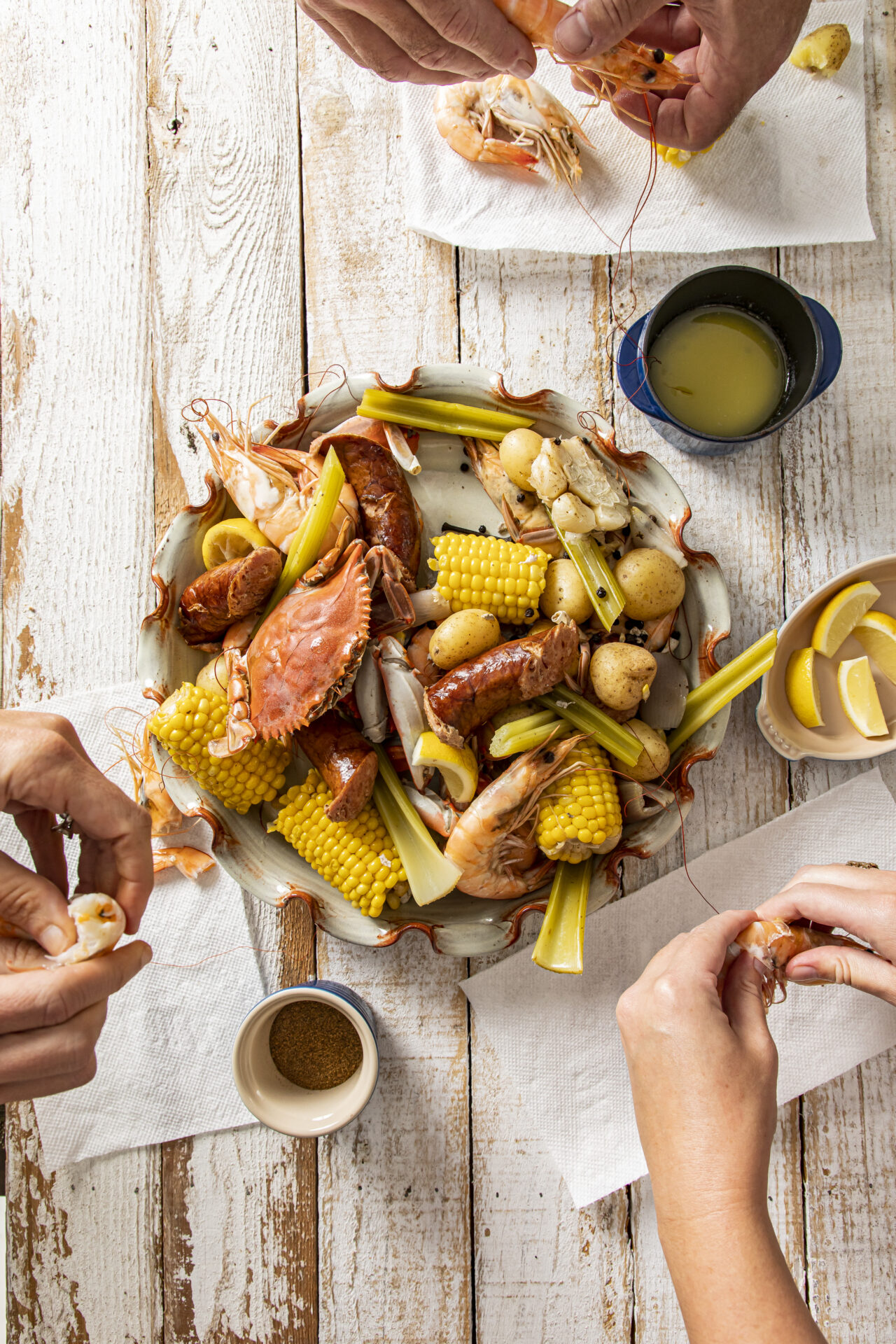
Lowcountry-Style Shrimp Boil
This classic one-pot meal that hails from the Lowcountry area on the border of South Carolina and Georgia goes by a few names: Lowcountry Boil, Beaufort Stew, and Frogmore Stew. The dish has deep roots in the Gullah Geechee community, descendants of West and Central Africans who were enslaved and brought to the lower Atlantic states, including the Sea Islands. A fisherman named Richard Gay is credited with the term Frogmore Stew, naming it after his small community of Frogmore in the 1960s.
The basics are fresh shrimp, smoked sausage, and simple vegetables simmered in well-seasoned liquid. Beyond that, preferences vary from community to community (rather like styles of barbecue), such as adding crab claws, mussels, or other shellfish pulled from local waters. Some cooks add beer, stock, or butter to the cooking water. Some rely on crab/shrimp boil seasoning, while others prefer Old Bay.
Everyone insists on fresh shrimp from the southeastern Atlantic (the larger, the better) with their flavorful shells still on, and the heads too, if possible. The sausage should be smoked, such as kielbasa. Some people skip the potatoes, but if used, they should be new potatoes no larger than a golf ball, either ordinary red or white, or a locally grown variety that holds its shape when cooked.
The goodies pulled from the steaming pot go directly onto the serving table or onto large trays and platters. Preferred accompaniments are cold beer, coleslaw, and red cocktail sauce laced with horseradish. People also appreciate hot sauce and more seasoning for sprinkling, soft butter for spreading on the potatoes and corn, and a little fresh lemon for squeezing.
Get the Recipe: Lowcountry-Style Shrimp Boil
Keep Reading
In the Field
Sea to Table Dinner in Islamorada, Florida
In honor of Monroe County’s 200th anniversary, the Sea to Table dinner in Islamorada […]
Partnered
18 Stops Along the Cajun Bayou Food Trail
Enjoy delectable and unabashedly authentic cuisine along the award-winning Cajun Bayou Food Trail in […]
At the Table
3 Versions of One NOLA Classic: the Po’ Boy
The po’ boy gets three new versions thanks to New Orleans-native Chef Kelly English. […]

